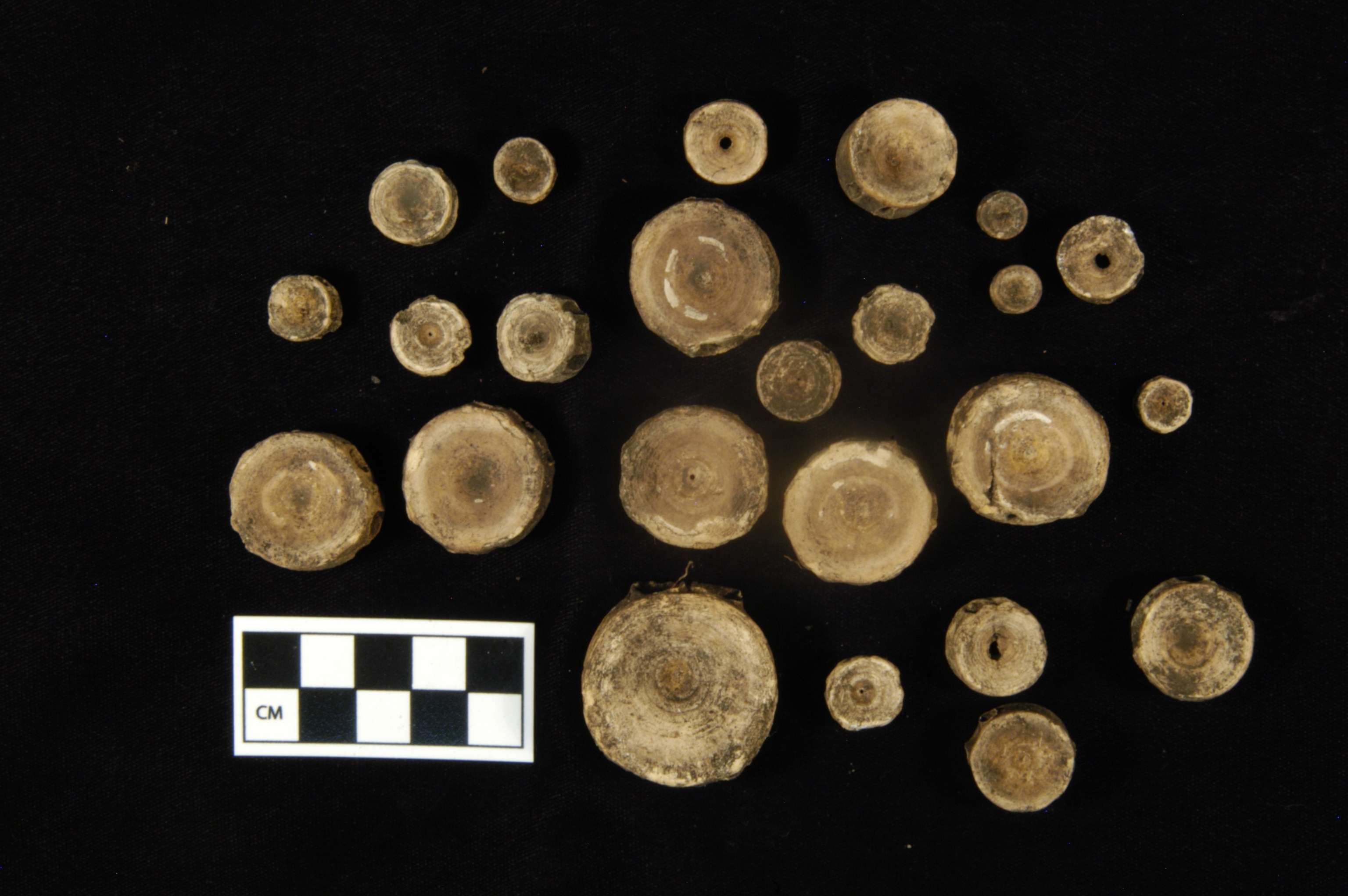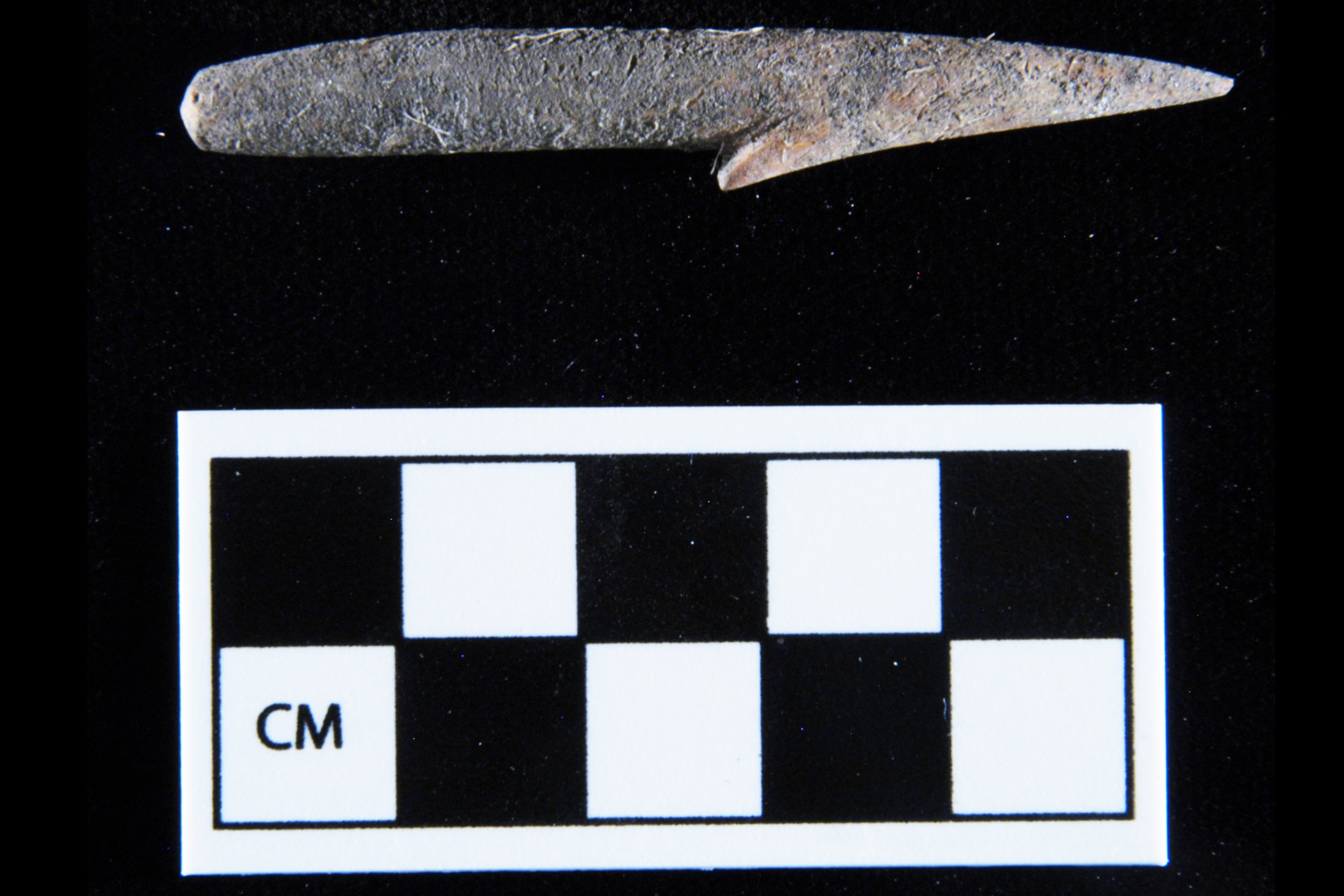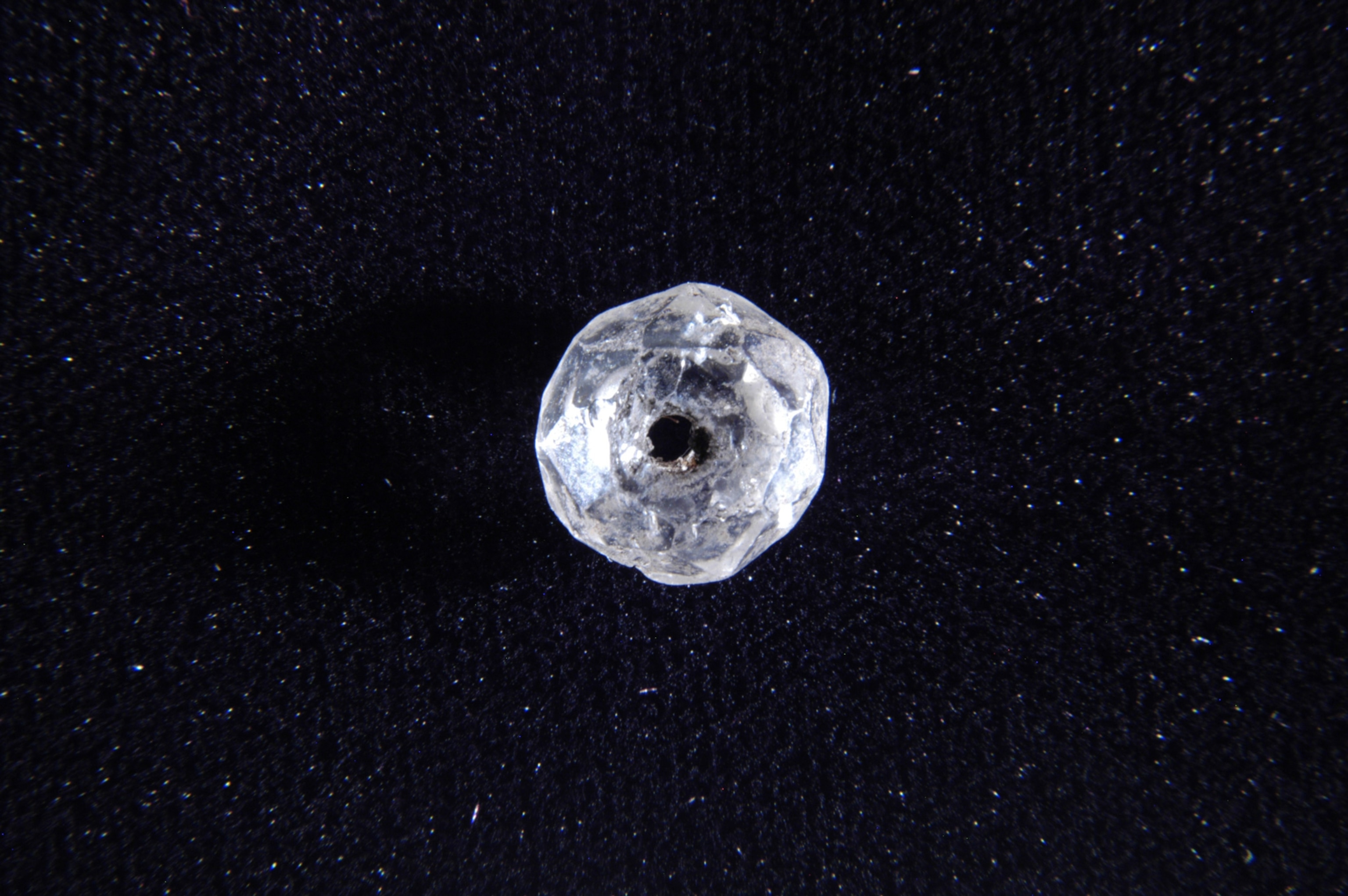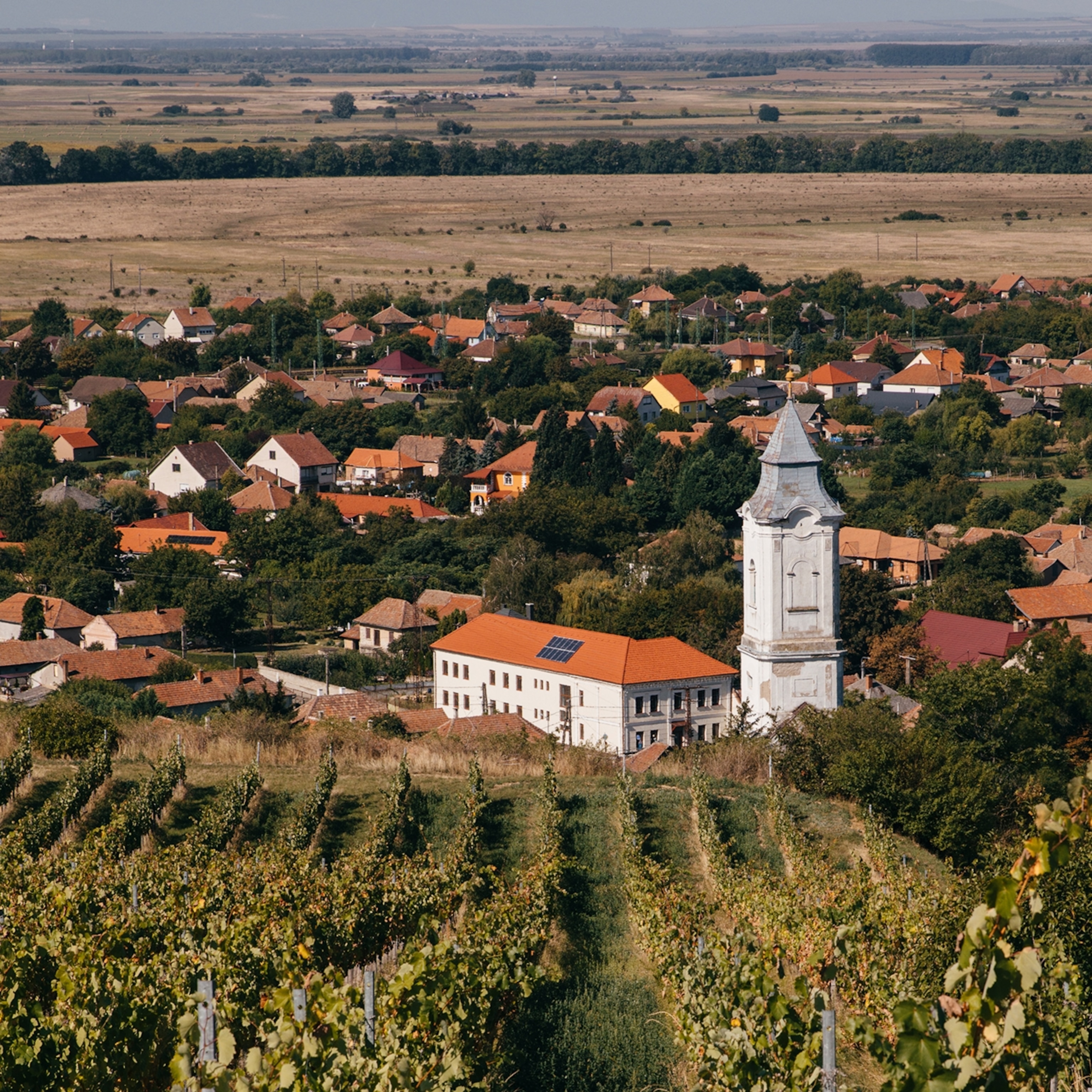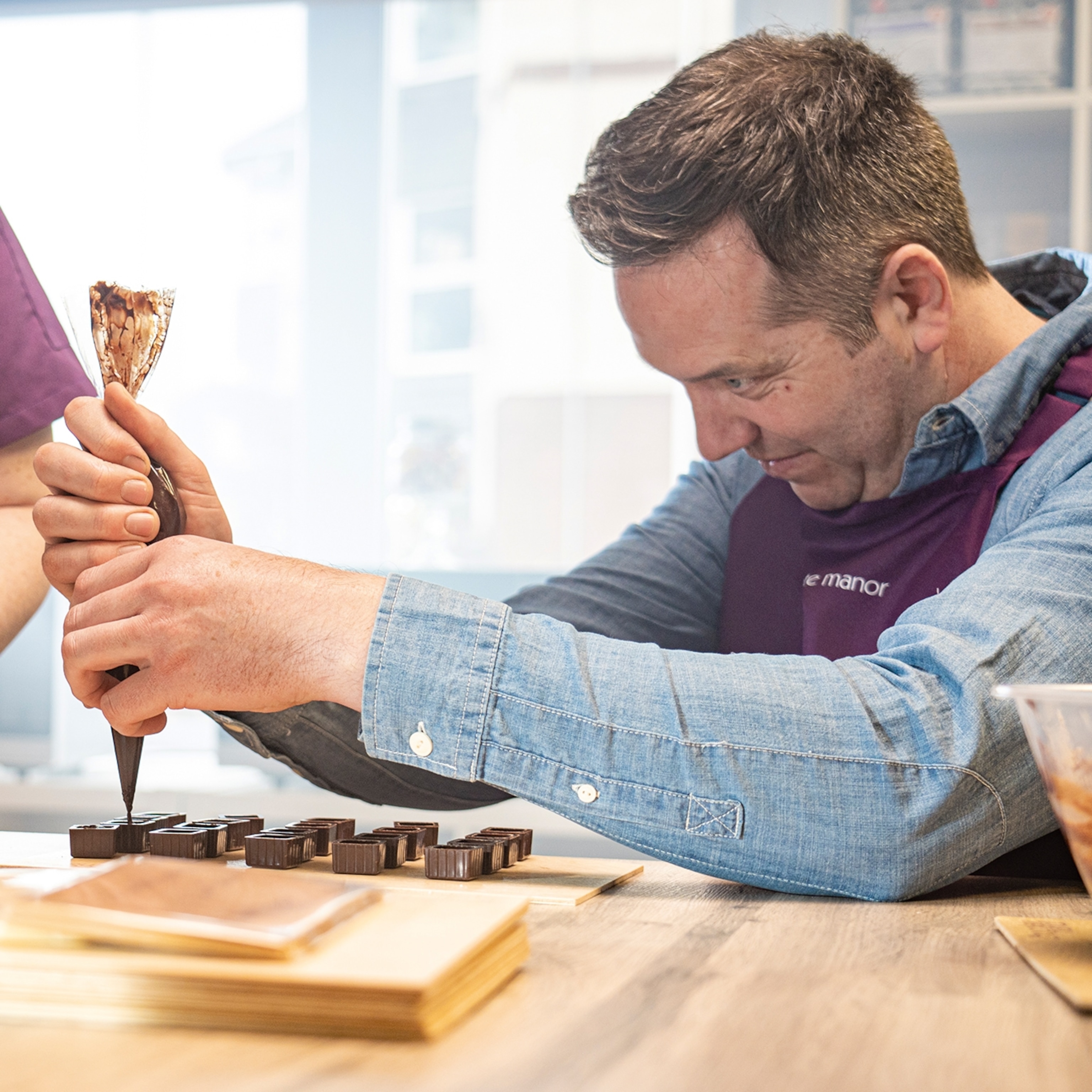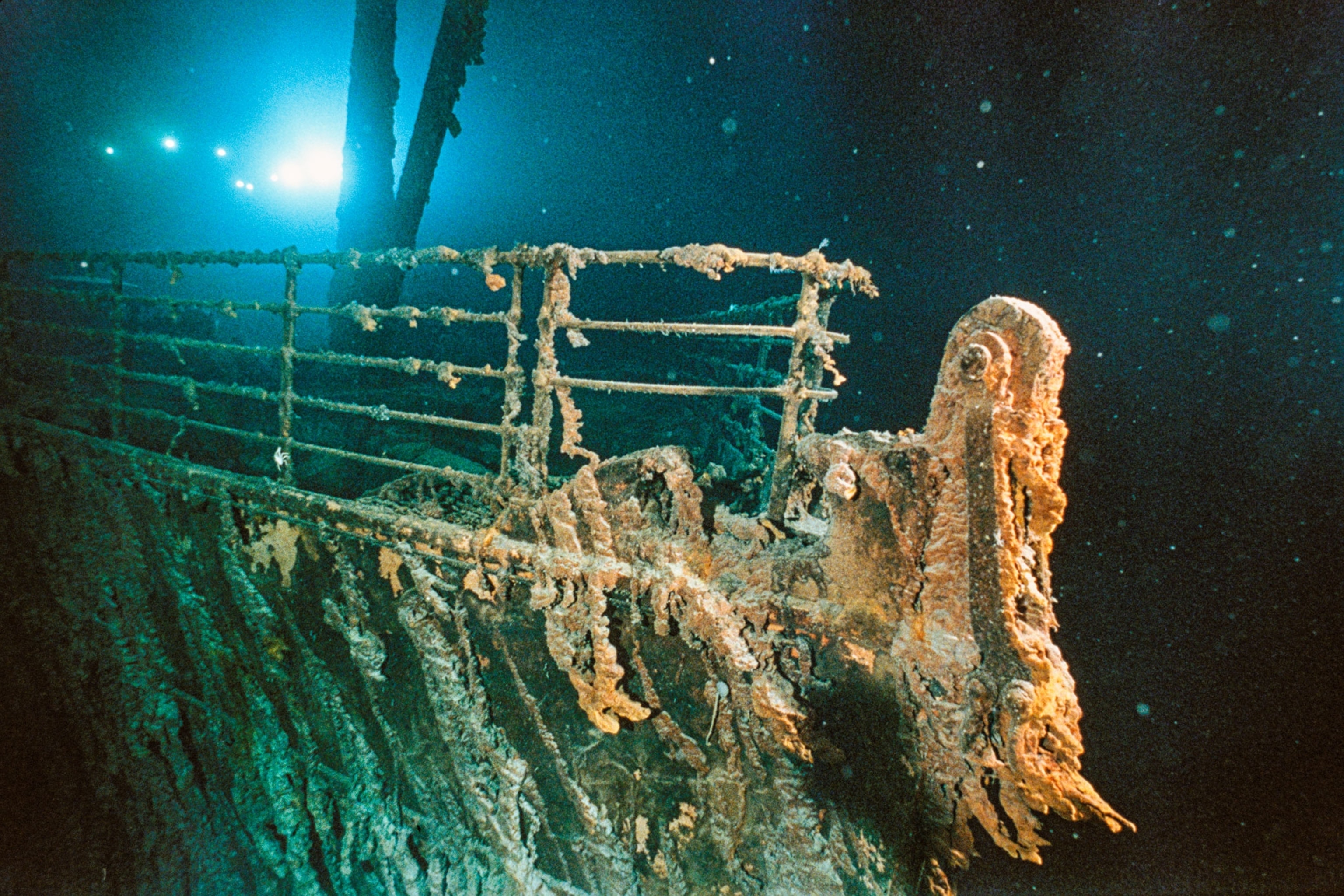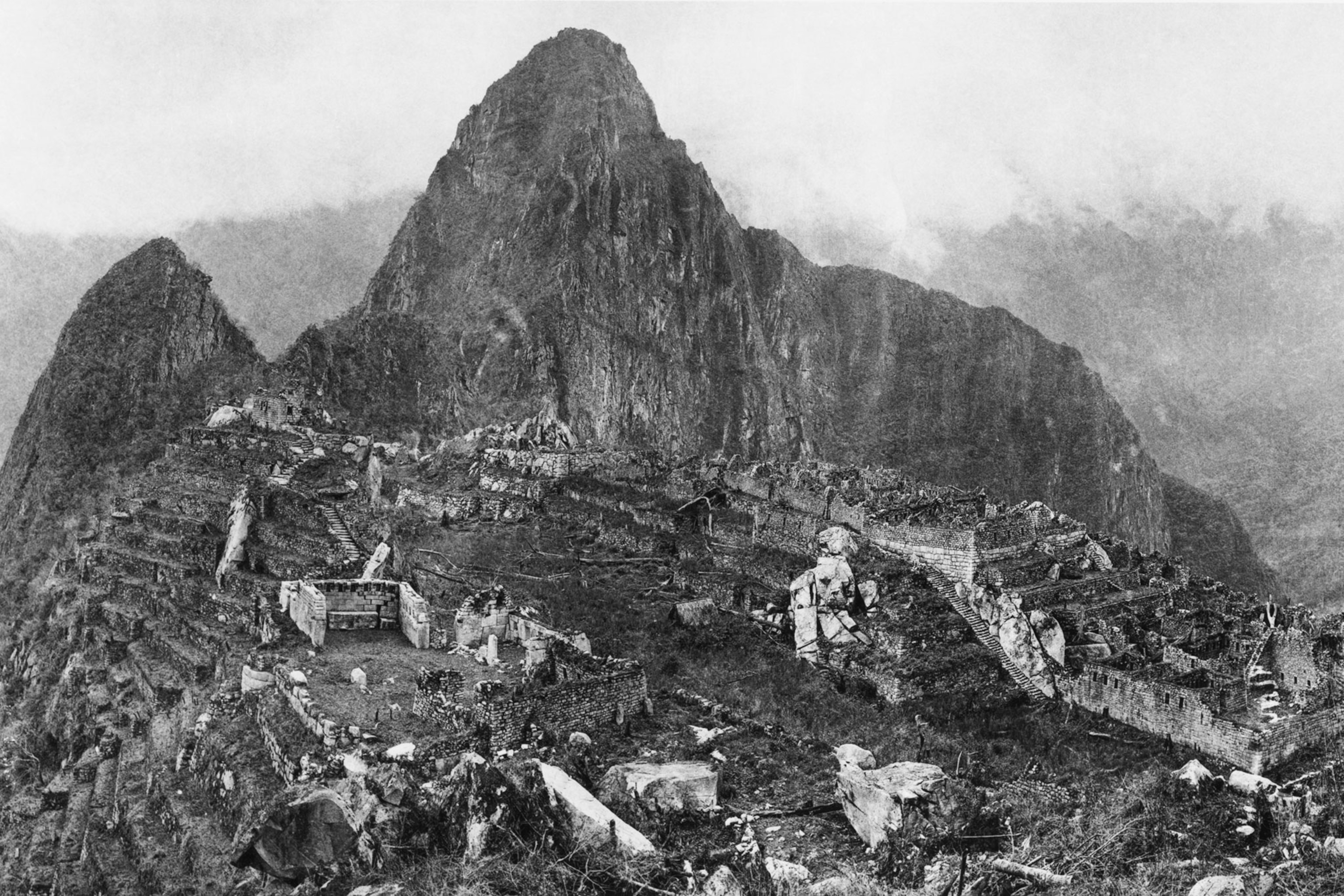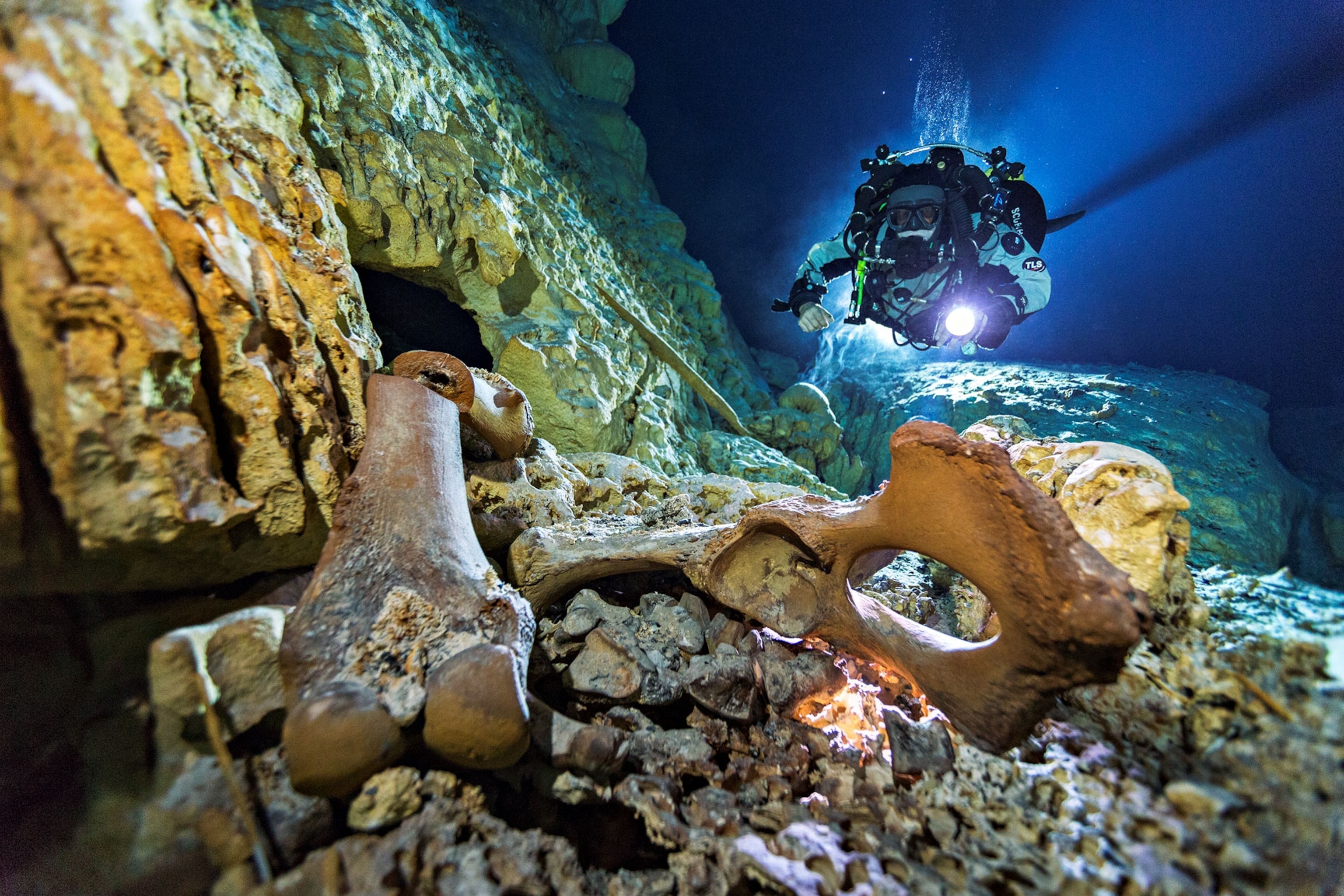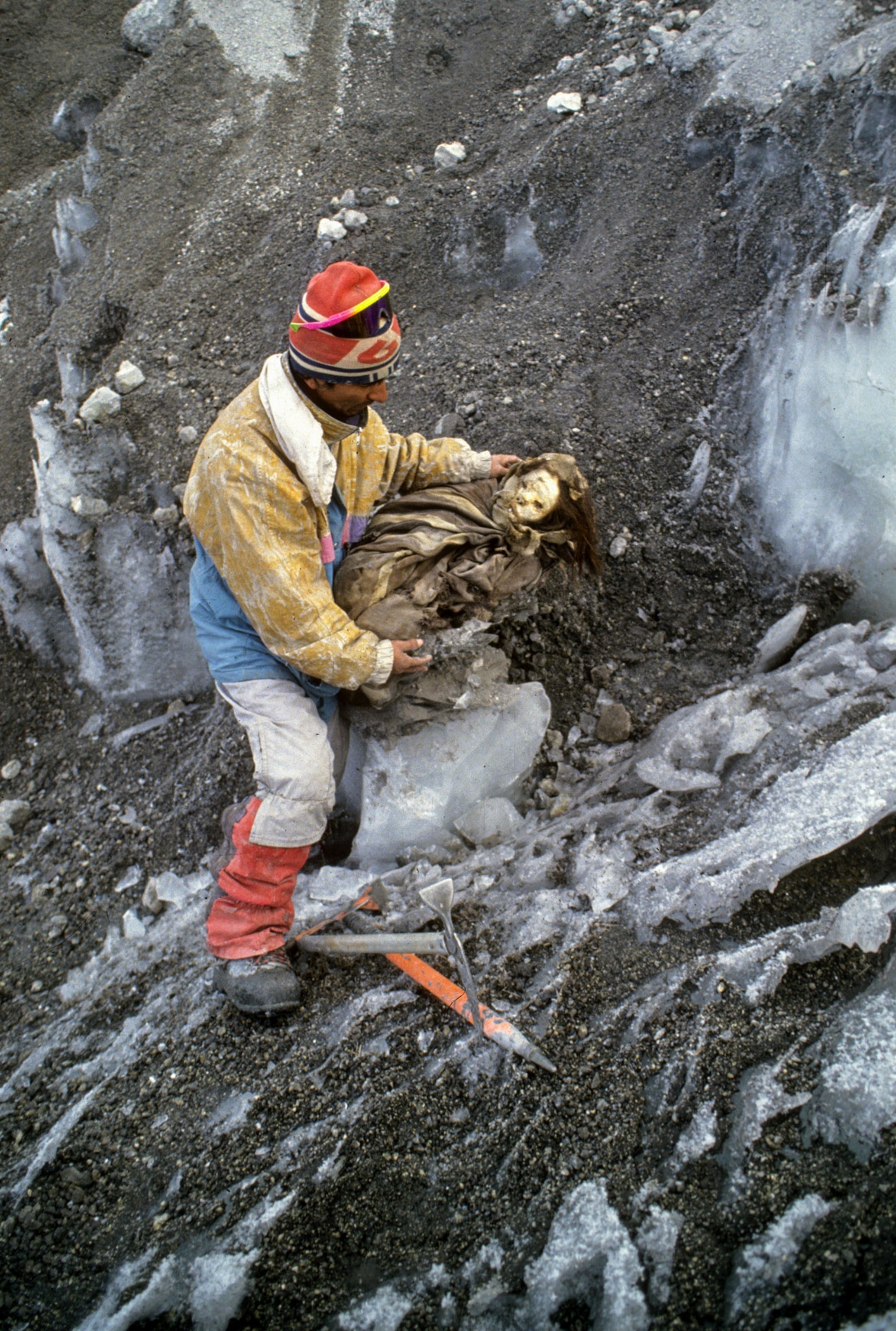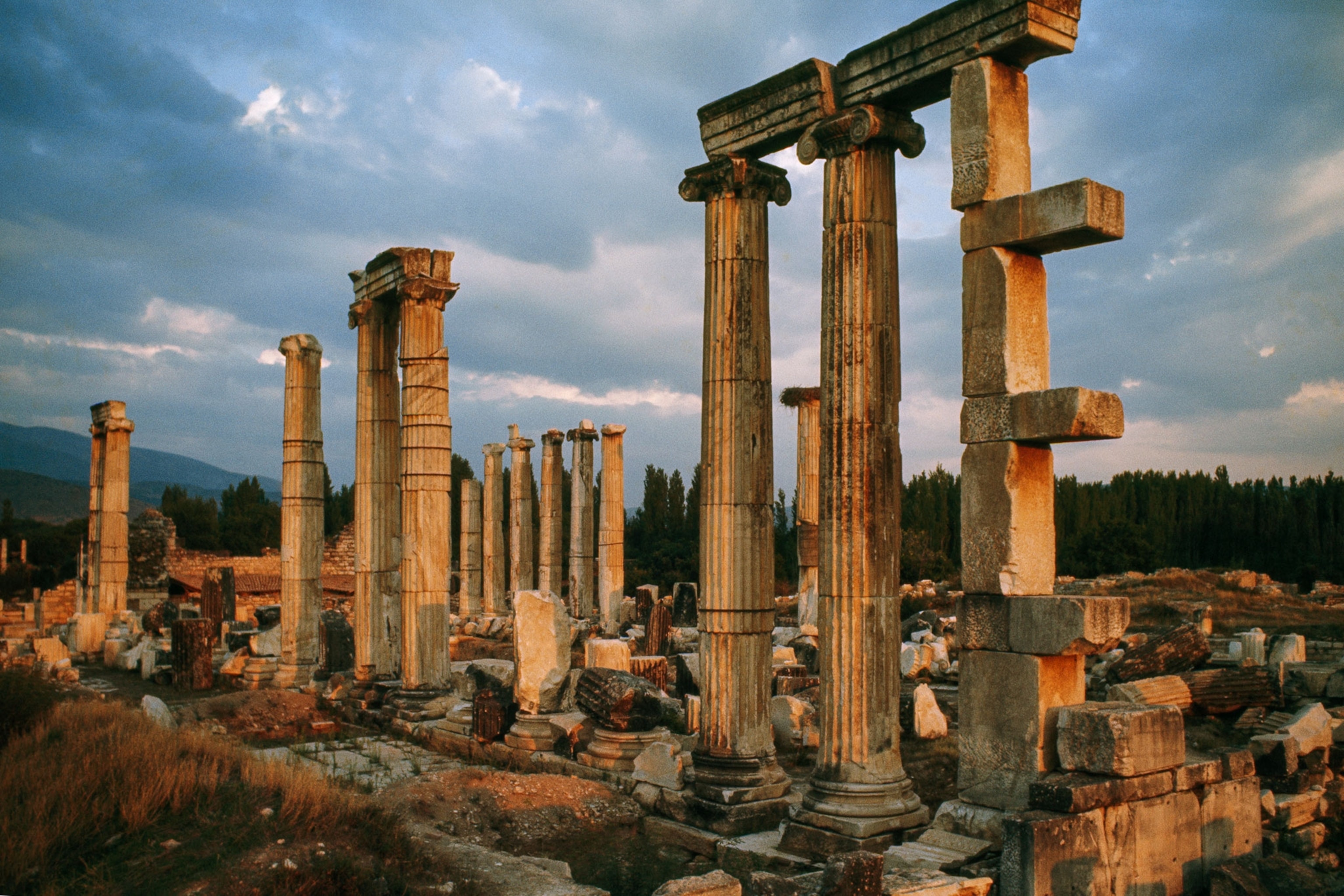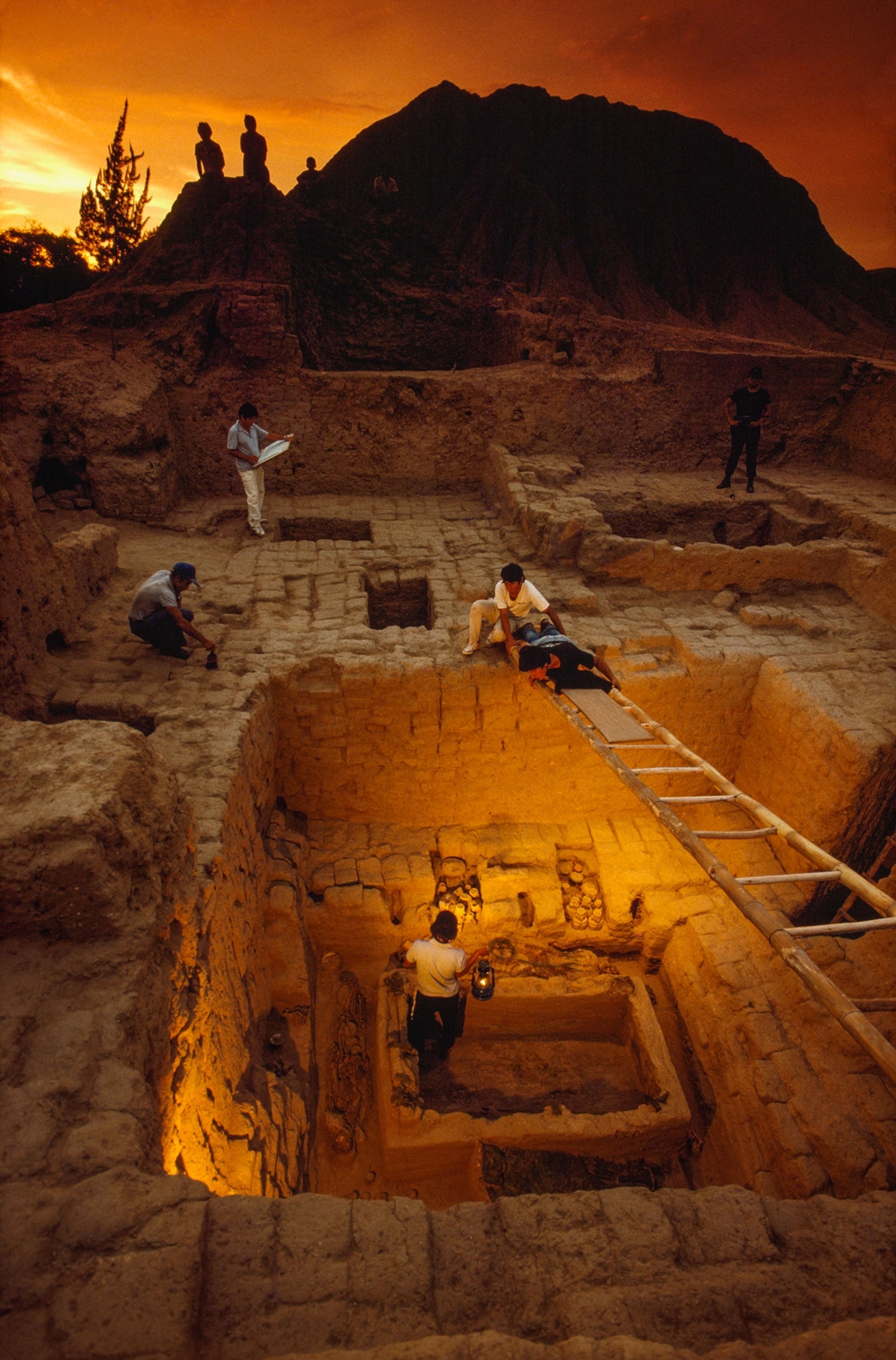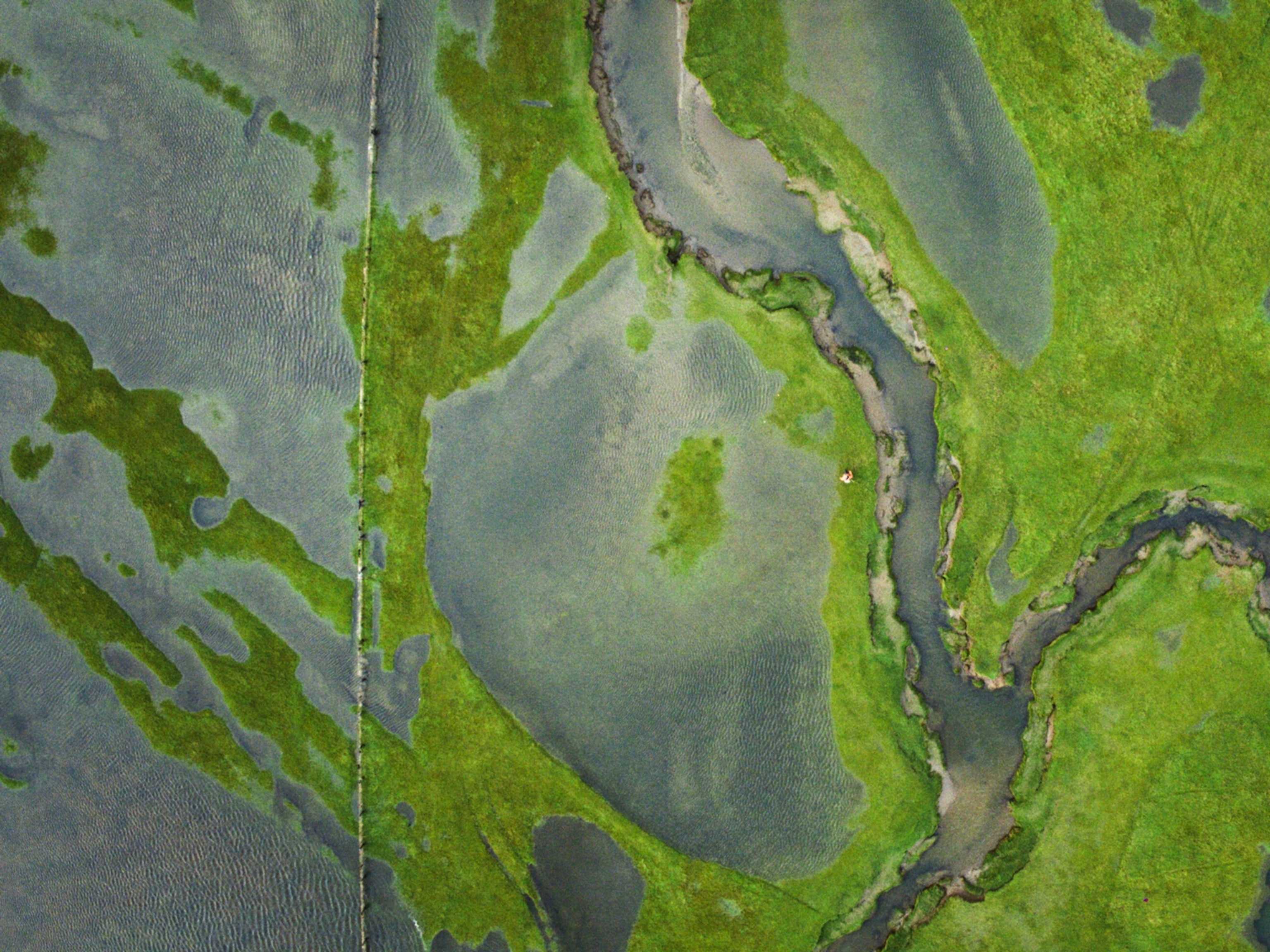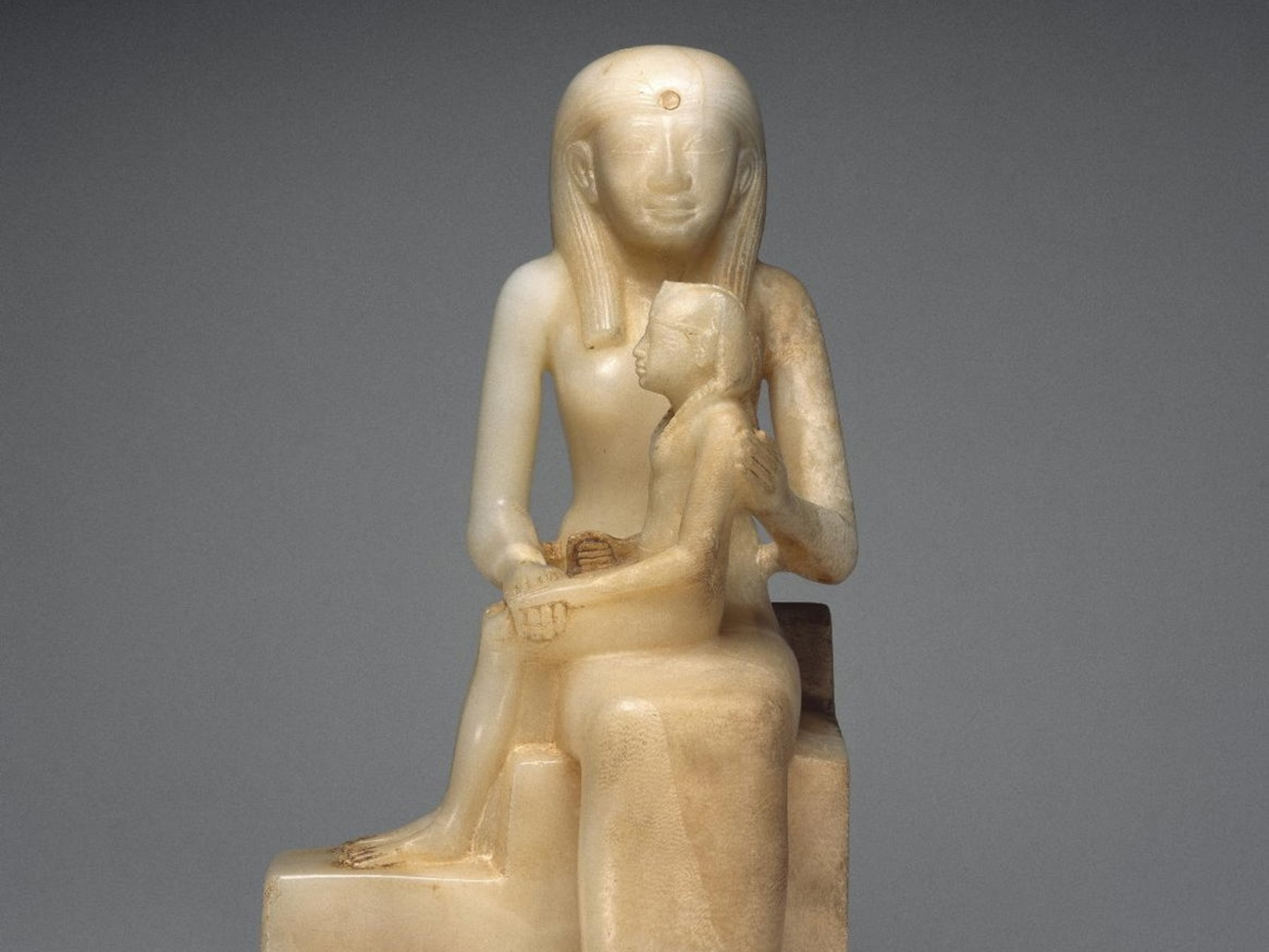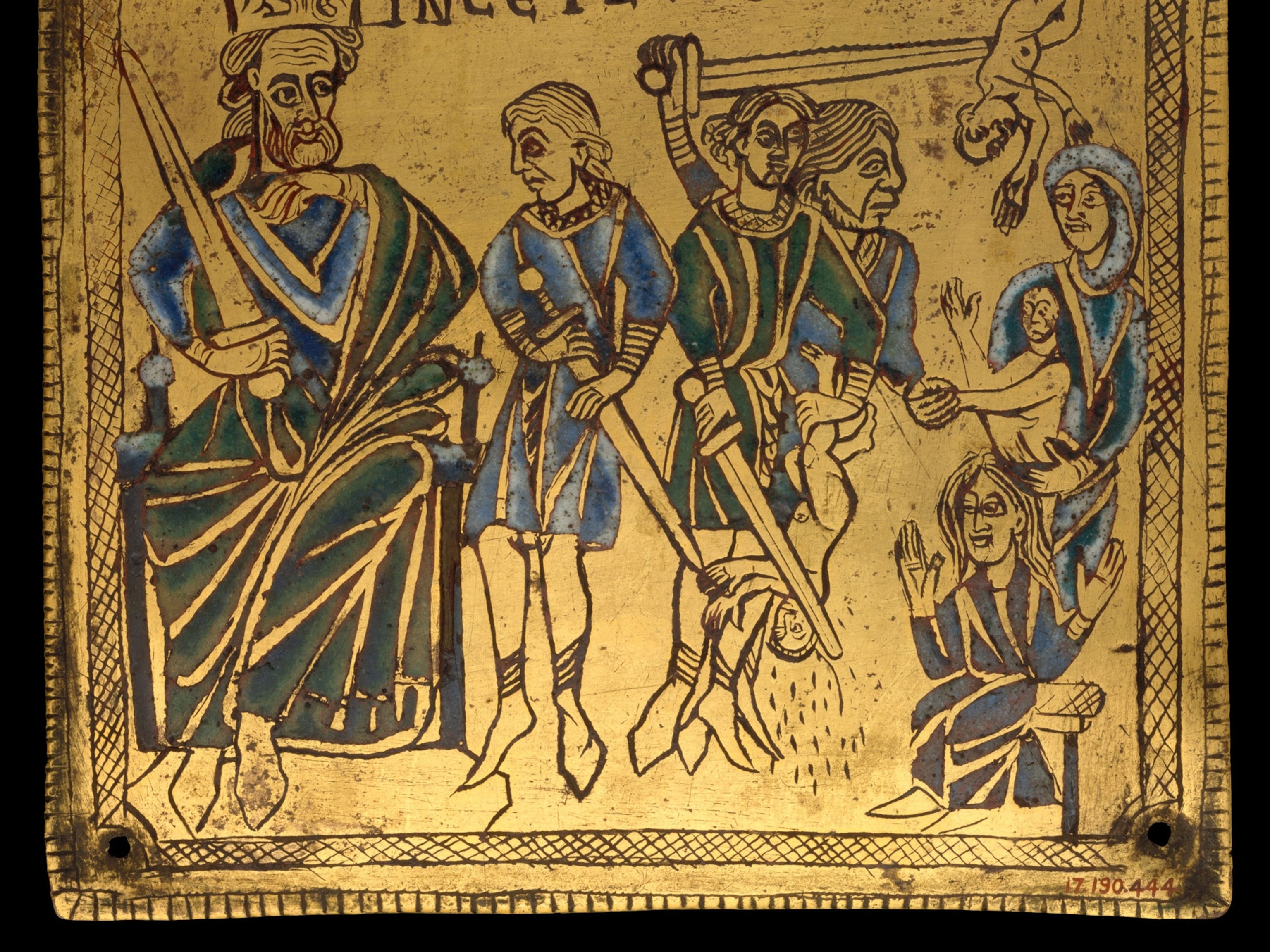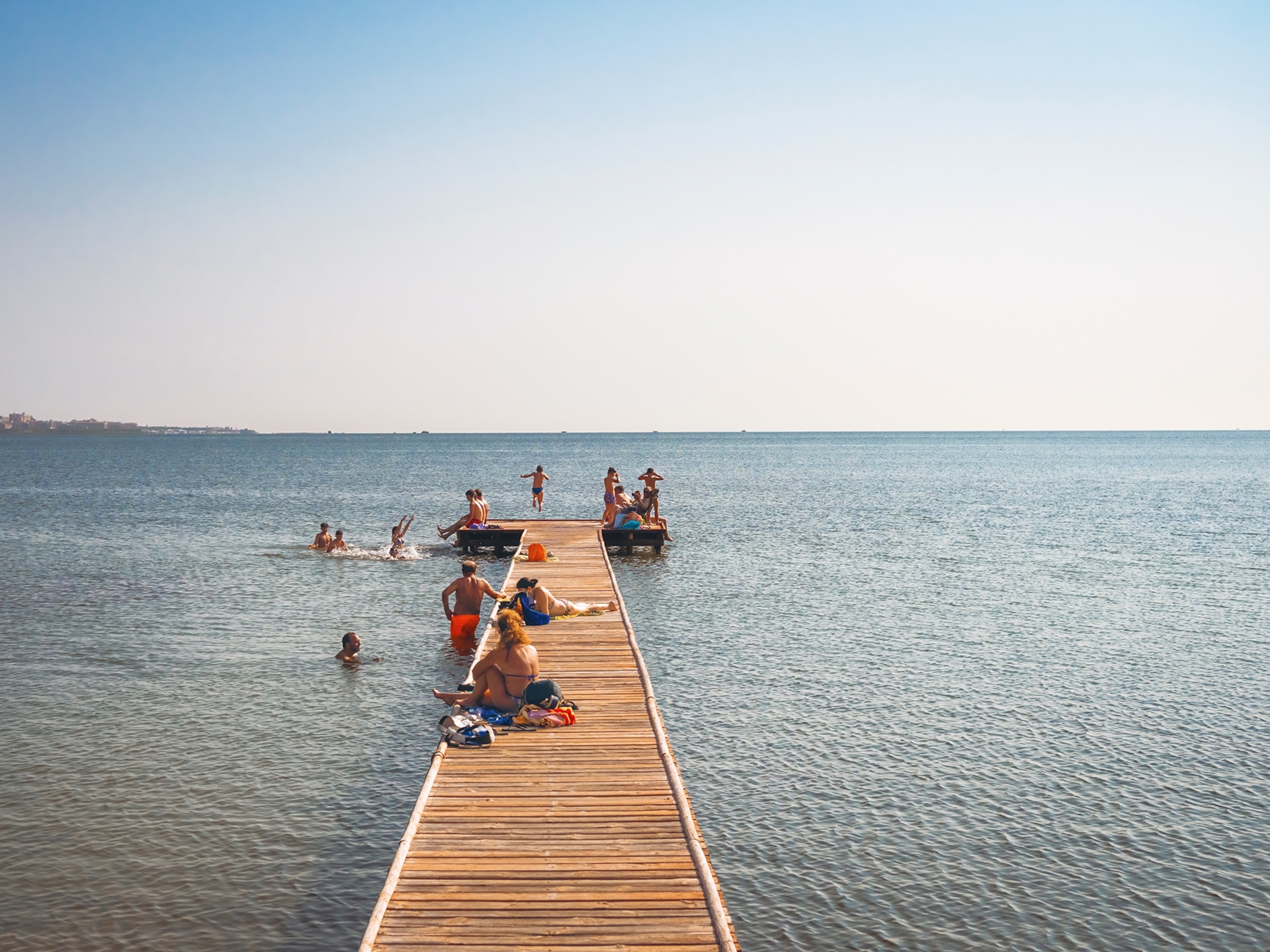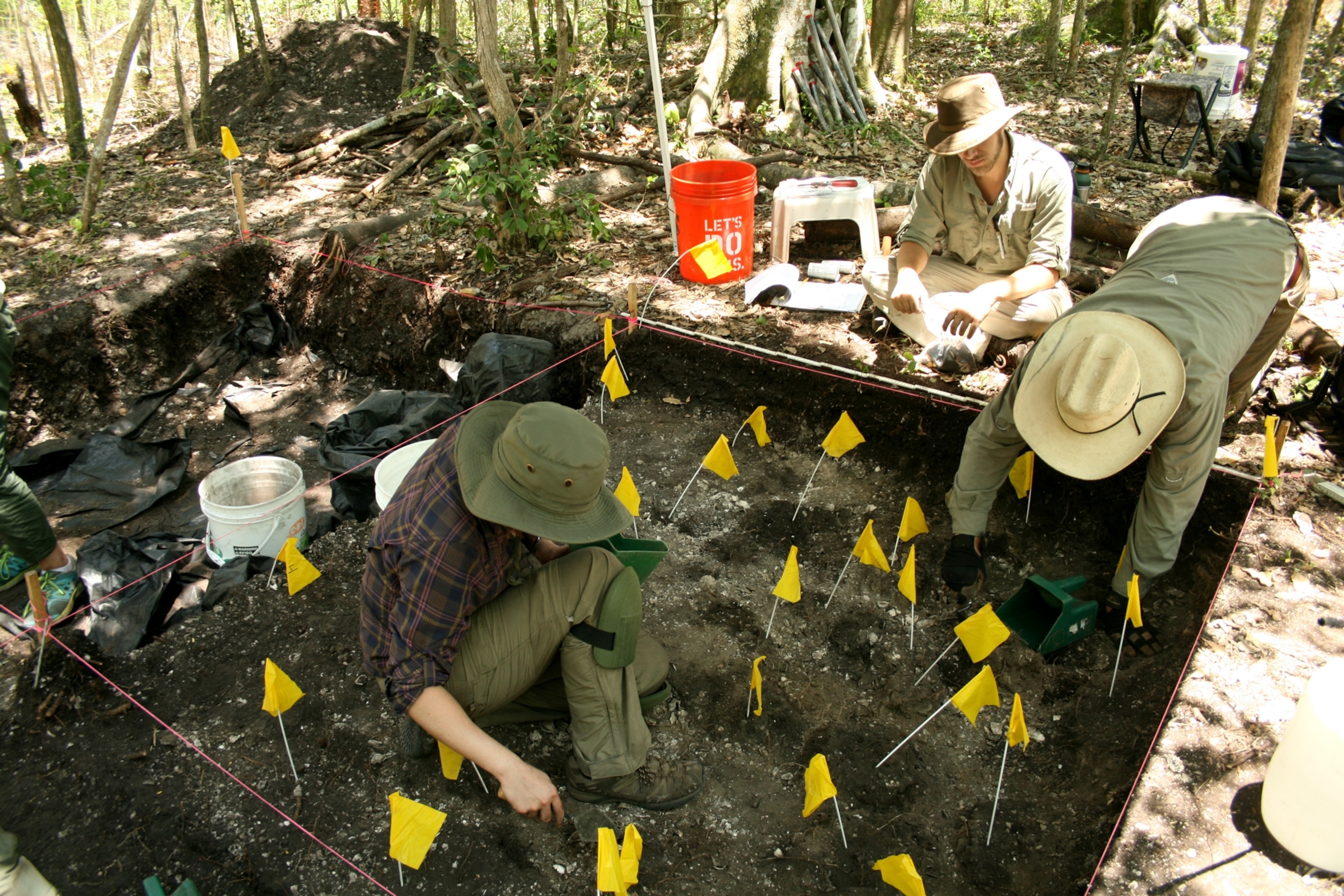
Ancient Native American King's House Rediscovered in Florida
Known from Spanish records, the once-lost structure belonged to Caalus, ruler of an indigenous people famous for resisting colonial missionaries.
In February 1566, Caalus sat on his throne and watched a procession of strange men march toward his house.
The Spanish admiral Pedro Menéndez de Aviles had assembled 200 soldiers, drummers, trumpeters, fifers, and a dwarf who was a gifted singer and dancer. They climbed to the peak of Mound Key, Florida, with the match cords on their guns lit and a biblical text on display—hoping to impress the indigenous Calusa monarch who ruled over a large chunk of South Florida at the time.
Now, archaeologists say they’ve found the first known traces of the long-lost building where this meeting took place. Their reconstructions suggest it was just as impressive as the Spanish missionaries described: a royal house that could fit 2,000 individuals.
Announced this month in the Journal of Anthropological Archaeology, the discovery of the king’s house offers fresh insight into the lives of the Calusa people, who defied traditional anthropological expectations by creating a complex society that was not based on agriculture.
“The Calusa have long been fascinating to archaeologists, because they were a fisher-gatherer-hunter society that attained unusual social complexity,” says study coauthor William Marquardt, curator of South Florida archaeology and ethnography at the Florida Museum of Natural History in Gainesville.

Powerful Kingdom on the Coast
Most complex societies rely on agriculture to create food surpluses that support a large population and specialized labor. The Calusa, however, relied mainly on catching fish like mullet, sharks, turtles, shellfish, and other animals from the coasts, estuaries, and mangrove forests around their villages. (Archaeologists also recently found a 7,000-year-old Native American burial site off the Florida coast.)
They supplemented this seafood-heavy diet with game, such as deer and birds. They gathered wild produce, but they did not practice farming outside of small home gardens, where they harvested chili peppers, papaya, and gourds. (Find out how small-scale farming may also be key to our future.)
And yet, by the 16th century, Calusa culture had features that would be more common in an agricultural society: specialized priesthoods, a dedicated military, a network of canals, extensive trade routes, and a king who was collecting tribute from more than 20,000 people spread across many villages. Mound Key itself was a towering artificial island the Calusa made from mostly oyster and clam shells and topped with the monumental house for their king.
The Calusa also famously resisted colonization and conversion. In 1521, a Calusa warrior mortally injured Juan Ponce de León, the first European to arrive in Florida, with an arrow to the thigh.
Menéndez’s mission to colonize South Florida withdrew after three years of rising hostility and assassination plots that ended in the Calusa setting fire to Mound Key. The Spanish wouldn’t attempt to approach the Calusa again until more than a century later, and the Franciscan friars who were next to show up in 1697 were quickly chased out and later found naked and nearly dead in their canoes in the Florida Keys.
Though they kept their independence, the Calusa were severely hurt by colonialism. Because of the spread of diseases that Europeans brought to Florida, the Calusa population shrank to about 2,000 by the end of the 17th century, which left them vulnerable to attacks from other indigenous groups who were armed with guns.
By the end of the 18th century, the Calusa kingdom had fallen apart, with the remaining people finding refuge in the Florida Keys or Cuba.
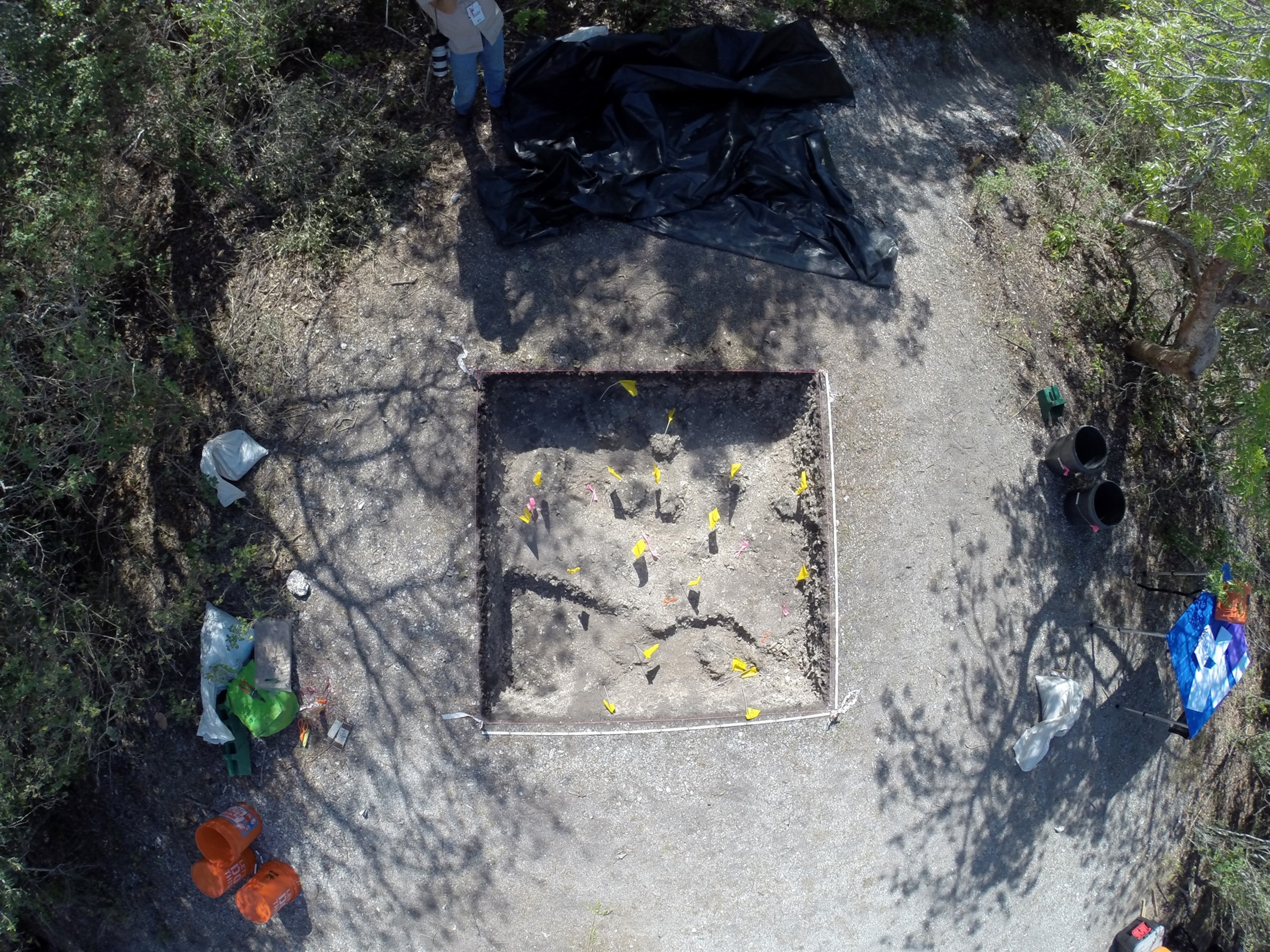
Monumental Construction
To better understand the Calusa, Victor Thompson of the University of Georgia and his colleagues have been working on excavations on the now overgrown island in Estero Bay, just south of Fort Myers, Florida.
Their new study confirms that the Calusa “were capable of building, or commanding to be built, a really big structure, which means they had access to a lot of labor,” Marquardt says.
The team reconstructed the king’s house mostly via the post holes and foundation trenches left on Mound Key. They propose that the house took up nearly the entire summit of the island’s tallest peak, known as Mound 1. The slightly oval-shaped structure was nearly 80 feet long, 65 feet wide, and was held up by about 150 individual wooden posts.
The researchers found several worn-down clam shells that seem to have been used as tools for stripping bark from the wooden posts, which would have made these beams last longer. Tiny fragments of wood found during the excavation suggest the building was made from pine trees that came from the Florida mainland by boat.
“It’s really interesting that they're moving resources in for large raw materials and construction, which speaks to the labor investment,” Thompson says.
What’s more, the structure was built in at least three stages over a long period of time, Thompson says. According to radiocarbon dates, the earliest phase of construction happened around A.D. 1000, which suggests that the lineage associated with the house was fairly powerful for more than 500 years before the Spanish arrived.
Building the Case
The Mound 1 summit was long suspected to be the location of the Calusa chieftain's house, says John Worth, an archaeologist at the University of West Florida in Pensacola who has studied the Calusa but was not involved in the new study.
“Thompson and his coauthors make a very convincing case that this structure is one and the same as the king's house described so vividly in early Spanish accounts at the Calusa capital,” Worth says.
Though the Spanish used the term “kingdom” to describe the Calusa, anthropologists had long believed that hunter-gatherers—even primarily maritime ones—could not fit the definition of a kingdom, says Lynn Gamble, an anthropology professor at the University of California, Santa Barbara, who was not involved in the research.
Scholars have only recently started to realize that their criteria for complex societies might be dated, and the new study on the Calusa “is a real movement away from that type of thinking,” Gamble says.
“They’ve documented this extremely large house, they've shown that it was occupied for a long period of time—we could quibble about whether they are really in a site of state formation, but they have some compelling evidence for this,” Gamble adds.
Thompson is also excavating parts the island that could offer more details about the Calusa’s interaction with the Spanish. Historians know, for instance, that Menéndez and his men had a short-lived but substantial fort there, which housed the mission of San Antón de Carlos, the first Jesuit mission in what is now the United States.
Thompson’s team recently confirmed the location of a few of those Spanish structures on the second-highest peak on Mound Key, offering a tantalizing target for future digs.

